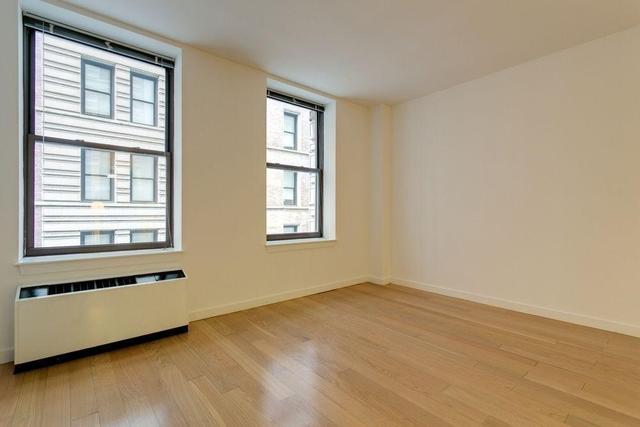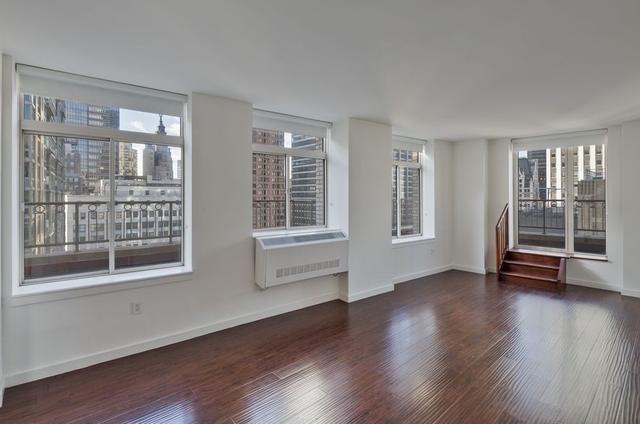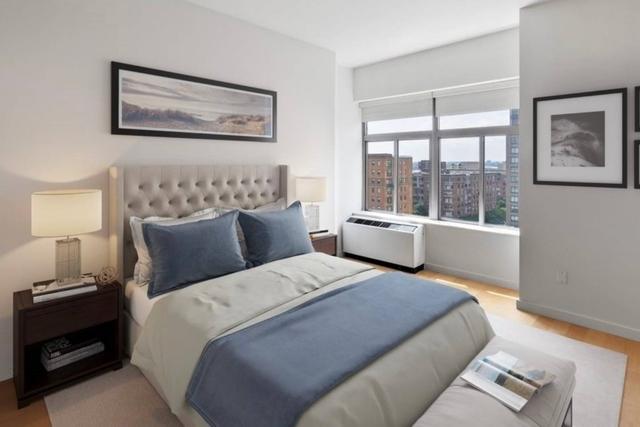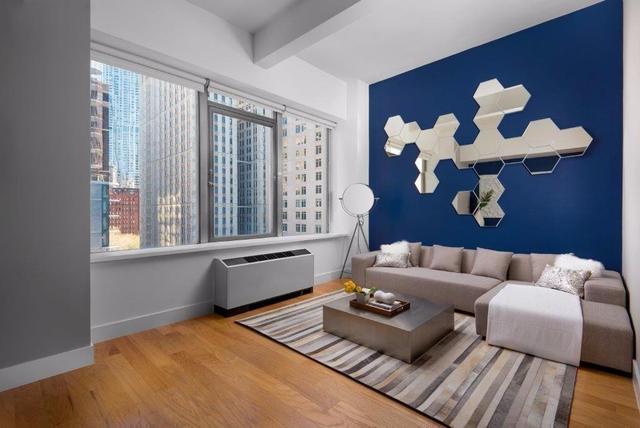
How Long Does Manufactured Homes Last & The Factors Affecting Their Lifespan?
By: ROS Team
Manufactured homes, also known as prefabricated homes, are built in a factory and installed at the site. Often, these homes are made of less costly materials than those used in site-built houses. This makes manufactured homes a good option for low-cost housing. However, they have a shorter lifespan and require more maintenance. How long lifespan of a manufactured home? Let’s find out.
1- How Long Do Manufactured Homes Last
2- Manufactured Homes Lifespan Factors
3- How to Increase The Lifespan of a House
4- Mobile Home vs. Manufactured Home
5- FAQs
How Long Do Manufactured Homes Last?
The average lifespan of a manufactured home is about 20-30 years, comparable to traditional homes’ lifespan.
The materials that make up a manufactured home can be classified into three categories: exterior, interior, and structural. These three categories have different factors that determine their lifespan. The exterior is most susceptible to damage from weather and thus has a shorter lifespan than the interior or structural materials, which are more resistant to weathering.
Factors Which Determine A Manufactured Homes Lifespan
Manufactured homes are not just a cheaper alternative to traditional homes. However, a few factors determine how long a manufactured home will last. Apart from the size, climatic conditions, and quality of materials used in construction.

Other factors, such as how well it is taken care of and how often it moves from one place to another, determine the lifespan of a manufactured home.
- Size: The larger the home is, the more material it needs to support it, and it will likely last longer than smaller ones.
- Location: The climate you live in affects how long your manufactured home lasts. Homes in humid climates will wear out faster than those in dry climates because they need to be replaced more often due to rotting from moisture.
- Materials: Manufacture homes are made from plywood boards or particle board sheets. These materials can also affect how long your manufactured home lasts due to wear and tear.
The most common materials used in manufactured homes are wood, steel, aluminum, and vinyl siding. Manufactured homes also use other building materials such as brick and stone veneer, insulation boards made from wood or plastic foam boards, roofing shingles made from asphalt-impregnated fiberglass or metal sheets, and flooring made from wood or vinyl sheeting.
How to Increase The Lifespan of A Manufactured Home?
Manufactured homes are typically less expensive than site-built homes but have a shorter lifespan. The lifespan of a manufactured home can be increased by regular maintenance of the house and by following these simple steps:
- Maintain your Roof: Inspect it regularly for any signs of wear or damage. Replace it if necessary.
- Cover your Windows: Install storm windows in the winter to protect against moisture and cold air. Cover them with plastic during the summer to keep out bugs, dirt, and debris.
- Keep your Heating System in Good Condition: Have it inspected regularly for leaks, corrosion, and other problems that could lead to costly repairs.
- Exterior: Take good care of it using a power washer on the exterior.
- Plumbing: Cleaning gutters and downspouts regularly.
- Ventilation: Keeping a clear space around it for airflow.
- Drainage: Another way is to ensure that you have a drainage system so rainwater doesn’t pool on your property and cause damage.
- Location: One way is to avoid purchasing a manufactured home near the water. The water can eventually seep into the ground causing the foundation to deteriorate.

Difference Between Mobile Home vs. Manufactured Home?
Mobile homes have been around for more than 100 years, and they were first used by farmers. Who wanted to move their homes from one farm to another with their livestock. They were also used by people who wanted to move their homes from one city or state to another because it was cheaper than buying an apartment or house in a new place.
Mobile homes are often built on a truck chassis that can be moved from one place to another. These are primarily used as temporary residences for those who want to live in a new location for a limited time.
“Manufactured Homes” were introduced in the 1940s, and they became popular among retired people because they could live comfortably without having to pay high mortgage payments. Contrary to mobile homes, manufactured homes are used as permanent residences by people who cannot afford to purchase a house or an apartment. They are built in a factory and transported to their destination.
Manufactured homes have a better resale value and tend to be better insulated from the elements and more resistant to fire damage. Moreover, “Manufactured Homes” can be customized to suit the family’s needs. On the other hand, mobile homes have limited customization options because they are designed for quick assembly and easy transport.
When is The Right Time to Scrap a Home?
The right time to scrap a home is when it has reached the end of its life. Several factors go into this decision, and it comes down to weighing the pros and cons. It is usually at this point that the financial, environmental, and social benefits of recycling outweigh the cost and effort of demolition. Even if you want to consider an upgrade, one of the most important decisions you will make is when to scrap your current construction.
However, it is essential to look at all factors affecting your decision. It would be best to consider how much money you will save by scrapping your home versus selling it. How much energy and resources will be protected by refurbishing your home? What impact this will have on the environment, and what impact this will have on your finances?
The Age of A Manufactured Home
Manufactured Homes are not just a cheaper alternative to traditional homes. They are more affordable as they come with lower maintenance costs. This is due to their simple design that does not require expensive materials and labor. They are also environmentally friendly, using fewer resources and having a lower carbon footprint.

Although manufactured homes can last long, a few other factors must be considered before purchase. The quality and design of the house, along with other factors such as location and climate, also play a part in how long it will last. Manufactured homes can also be built with different insulations and weatherproofing materials, making them more resistant to nature’s elements.
FAQs: How long Does Manufacture Homes last
Is it Safe to Live in a Manufactured Home?
Manufactured homes are safe, and they can be an excellent option if you want to live in a home that’s affordable and environmentally friendly. They are inspected at the factory before transportation and then again at the site before you move in.
What is the Average Lifespan of a Manufactured Home in the USA?
The average lifespan of a manufactured home in the USA is around 20 years. Manufactured homes are built in an industrial unit and then transported to the site.
How much does a Manufactured Home Cost?
The cost of a manufactured home varies depending on how large it is, the type of materials used, and where it is being built.
The cost also depends on the features it includes. For example, if you want a large home with all the bells and whistles. You can expect to pay more than $150,000, far more than someone who wants a small starter home.
Can a 30 yrs Old Manufactured Home Fall Apart?
Manufactured homes are built to last at least 20 years; however, life depends on other factors such as climatic conditions, material used, and size. You can increase its life with regular maintenance and upkeep.
How long does it take to Build a Manufactured Home?
A typical manufactured home is built in about one month, but some can take as long as 12 months, depending on the size and features you wish to install.
It typically takes around 2-3 weeks for the foundation to be laid and another 2-3 weeks for the walls, roof, and windows to be installed. However, it will take an additional week or two for the inside of the house to be completed.
Read Also:








